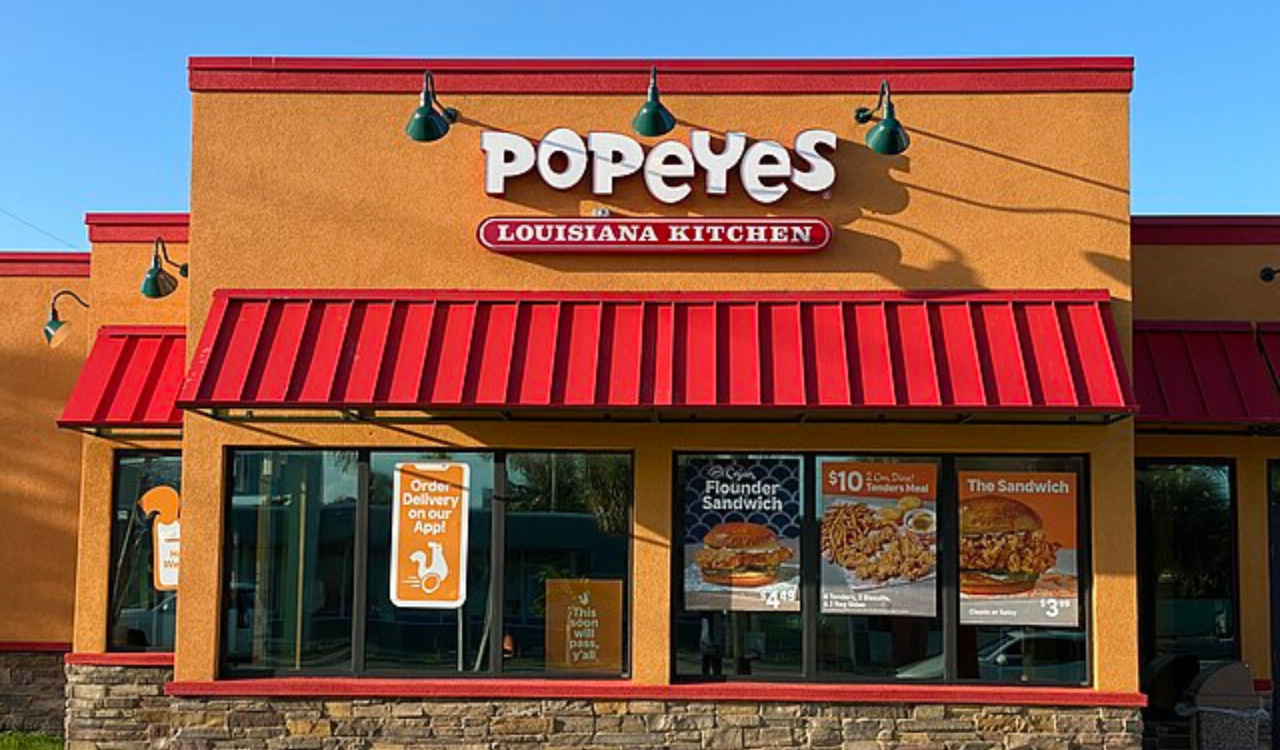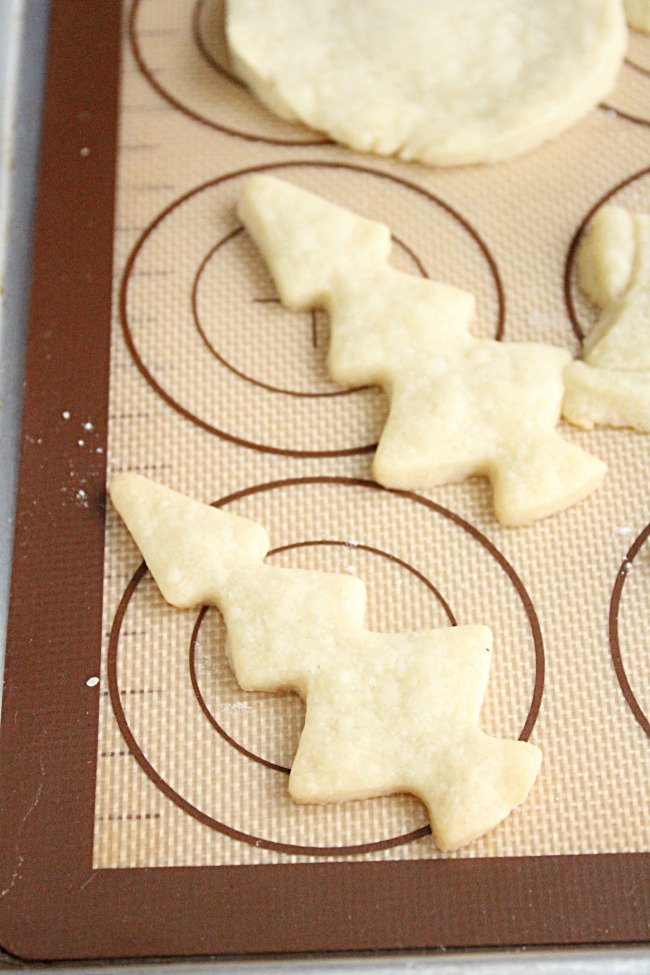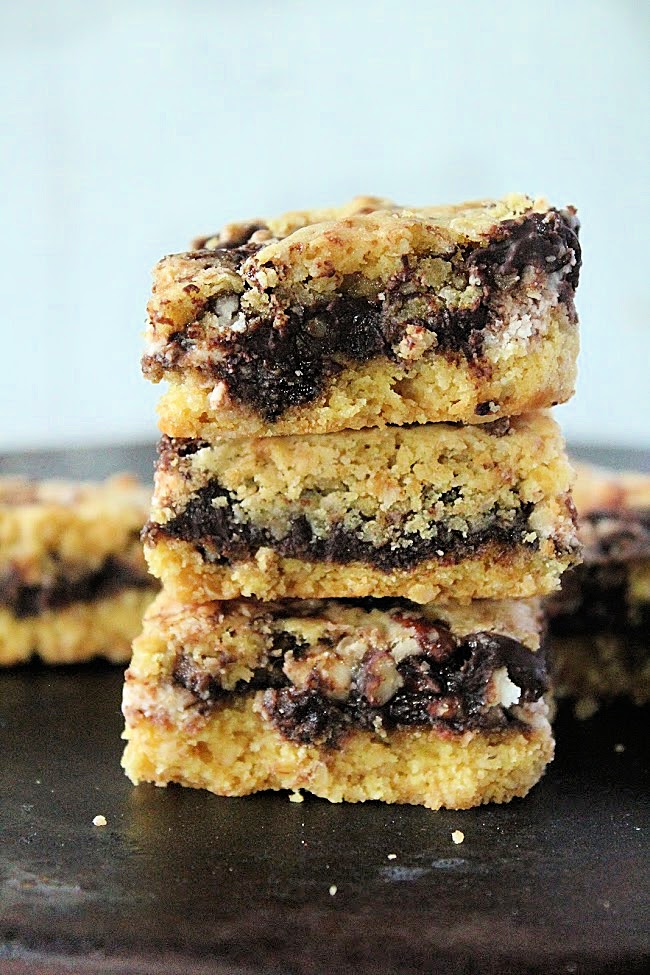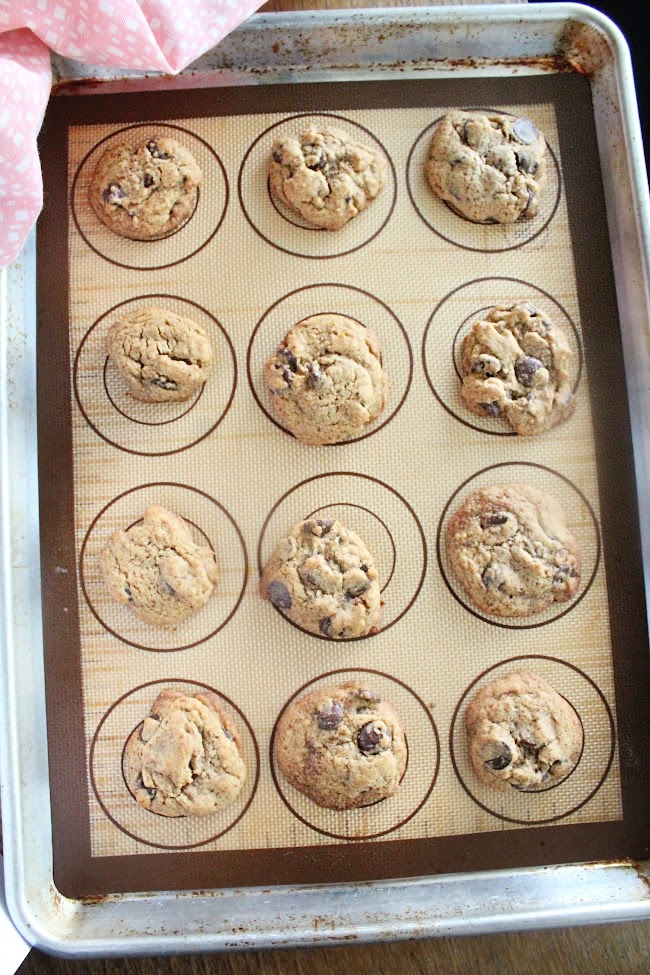15 Foods You Should Never Reheat in The Microwave
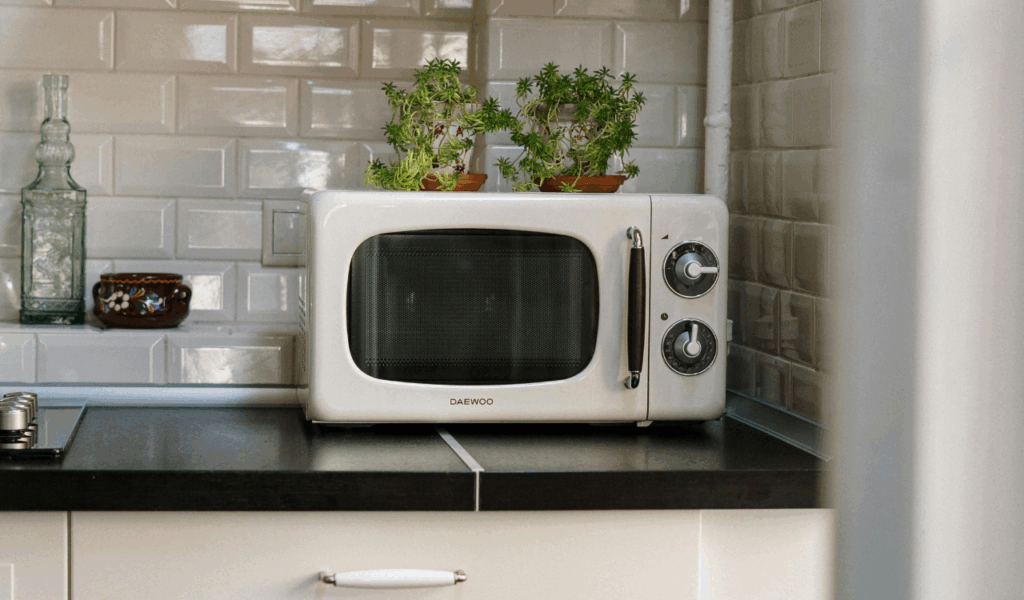
Although microwaves are very practical, some foods don’t benefit from the convenience. Certain foods may become unevenly heated, change chemistry, lose nutrients, or even pose health risks when reheated in a microwave. This article lists 15 foods you shouldn’t reheat in the microwave, along with an explanation of why doing so is dangerous or problematic and a list of safer heating options. I want your leftovers to remain tasty, nutritious, and safe.
1. Cooked Rice
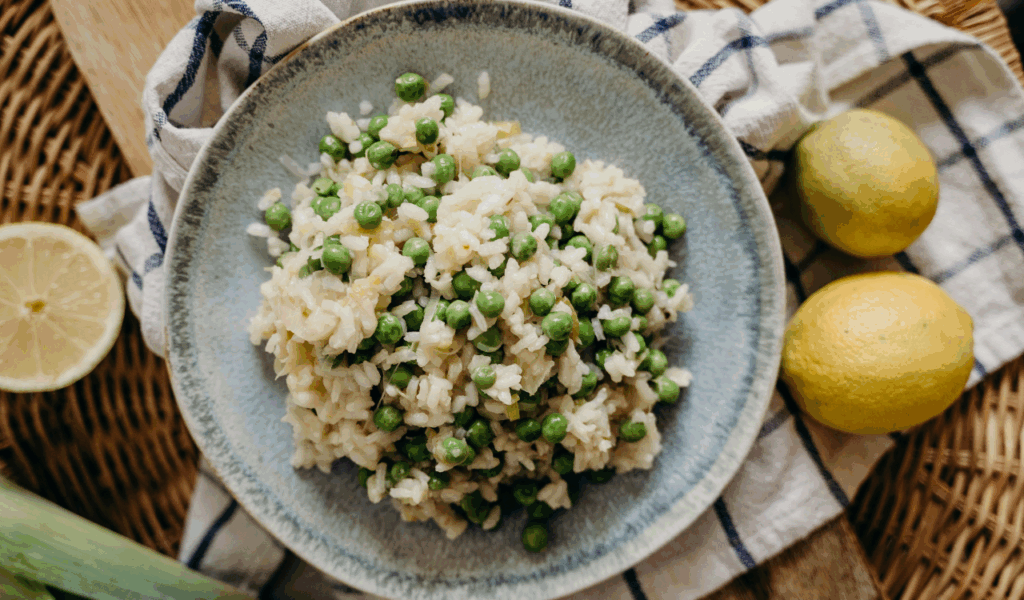
Spores of the cooking-resistant bacterium Bacillus cereus may be present in rice. Those spores may proliferate and produce toxins that reheating can’t always eliminate if cooked rice is left at room temperature for an extended period of time. Because microwaves heat food unevenly, some rice may remain in the “danger zone” (40–140 °F/4–60 °C). Instead, steam the rice until it’s evenly hot, or reheat it on the stovetop with extra moisture, and then eat it right away. Rice should always be quickly cooled and chilled after cooking.
2. Potatoes
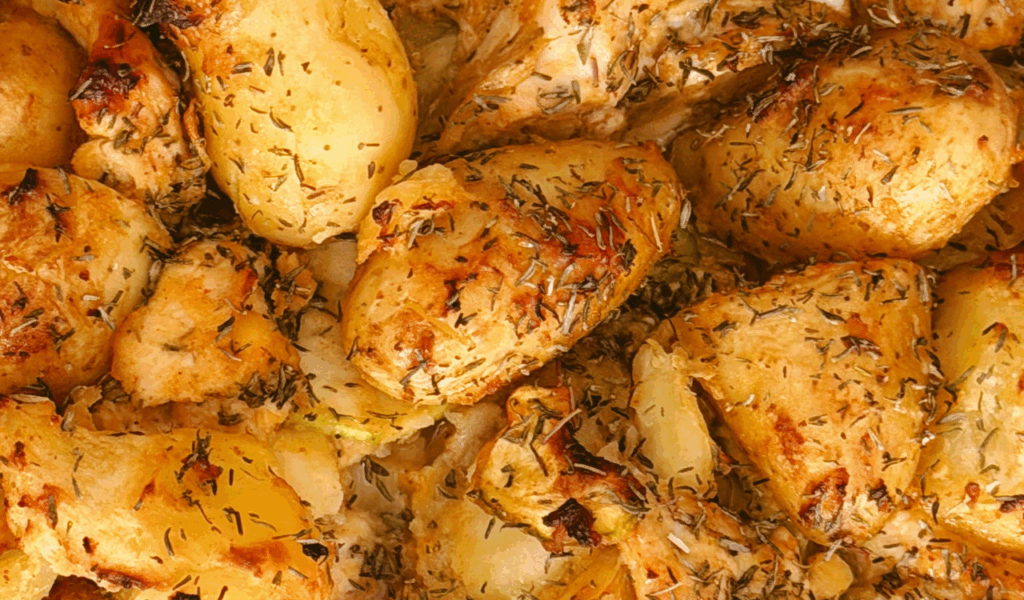
Because Clostridium botulinum bacteria can grow in improperly stored potatoes, cooked potatoes—especially baked or roasted ones—can be hazardous if left out for an extended period of time before being reheated. High enough temperatures are not consistently reached by microwaves to effectively neutralize these toxins. Additionally, the potato’s texture may change in the microwave, becoming spongy or dry. Reheating in an oven or stovetop is a safer option; before serving, make sure the internal heat distributes evenly and crisps the skin.
3. Eggs (Hard-Boiled or Shelled)
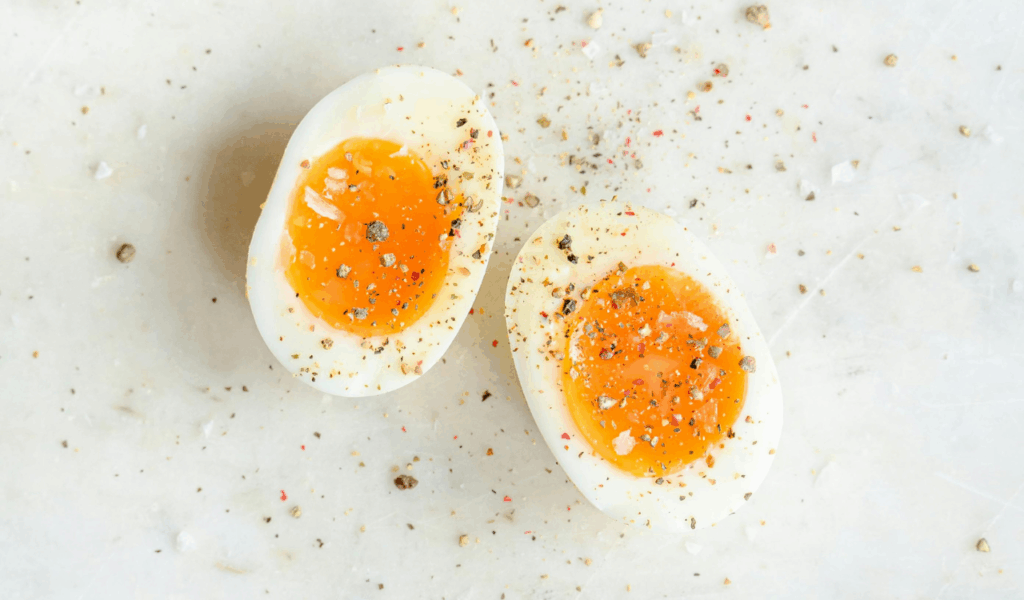
Never reheat eggs in the shell or whole hard-boiled eggs in the microwave. Steam forms inside them as they heat up, and since there is no safe way out, the pressure could cause them to explode—inside the microwave or even in your mouth or hand. If reheated too rapidly, even peeled eggs can explode. Furthermore, reheating changes the structure of proteins, giving them a rubbery, gassy, or unappealing texture. Slices are best eaten cold or warmed in a pan.
4. Leafy Greens (Spinach, Kale, Lettuce)
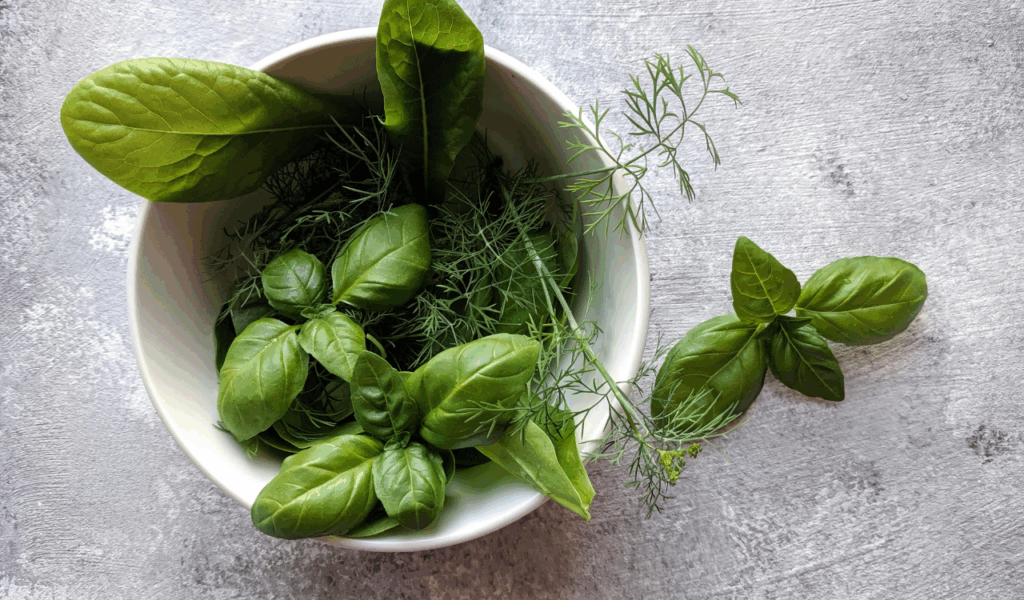
Nitrates are found naturally in leafy greens. These nitrates can change into nitrites or nitrosamines, which are associated with health hazards, when heated, particularly in a microwave. Additionally, greens may wilt, become soggy, and lose flavor when microwaved. Use a light steam or a stovetop sauté for a safer way to reheat the greens, or eat them cold (in salads or wraps). Avoid exposing them to strong microwave pulses.
5. Mushrooms
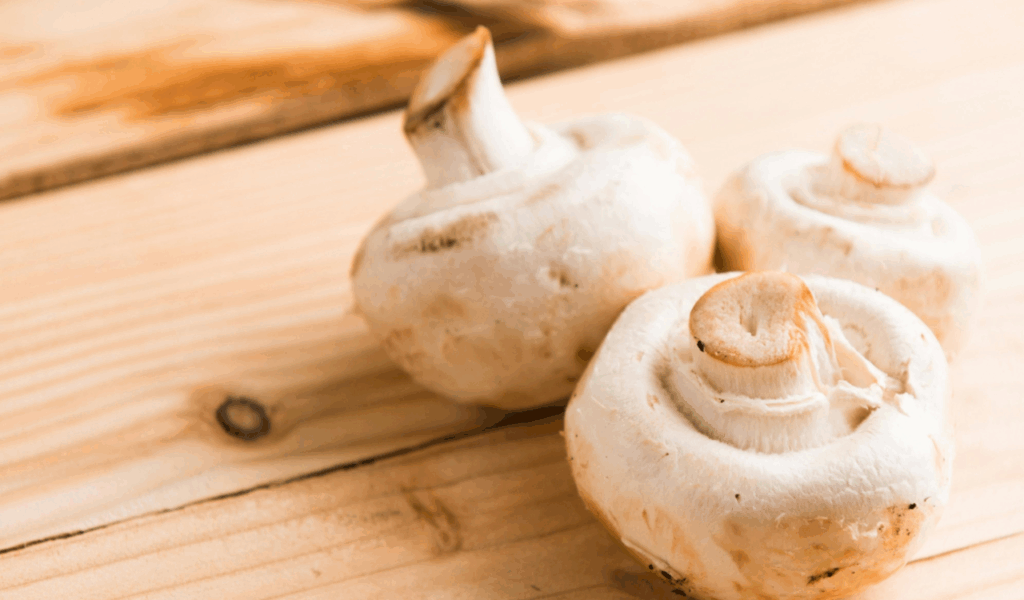
Mushrooms have delicate cellular structure and a high protein content. They start to deteriorate and retain moisture after the initial cooking. If stored improperly, reheating them in the microwave may hasten their breakdown and even encourage the growth of bacteria. They might start to taste or feel unappealing. To keep them succulent, you can add a little fat or broth and reheat them slowly over low heat in a pan.
6. Chicken (Leftover Poultry)
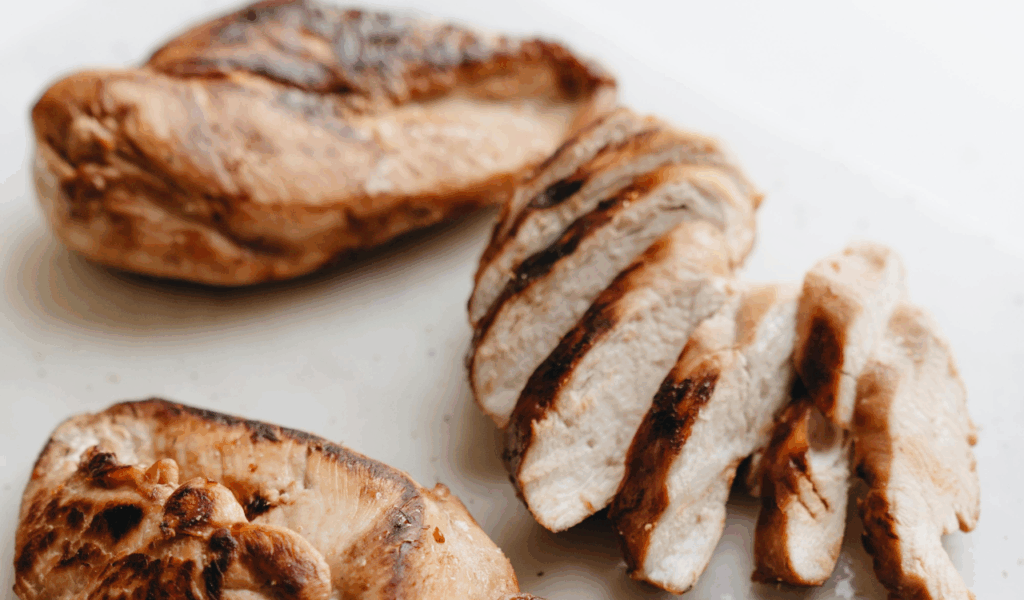
When leftover chicken is microwaved, it frequently results in uneven heating, with the interior taking longer to cook and the exterior overcooking, potentially leaving bacteria alive. Microwave energy may not raise all components to the safe threshold of 165 °F (74 °C) because it penetrates unevenly. Additionally, the meat loses texture and becomes rubbery or dry. It’s safer to reheat chicken in a covered skillet or traditional oven, making sure that every piece reaches a safe internal temperature before serving.
7. Seafood (Fish, Shellfish)
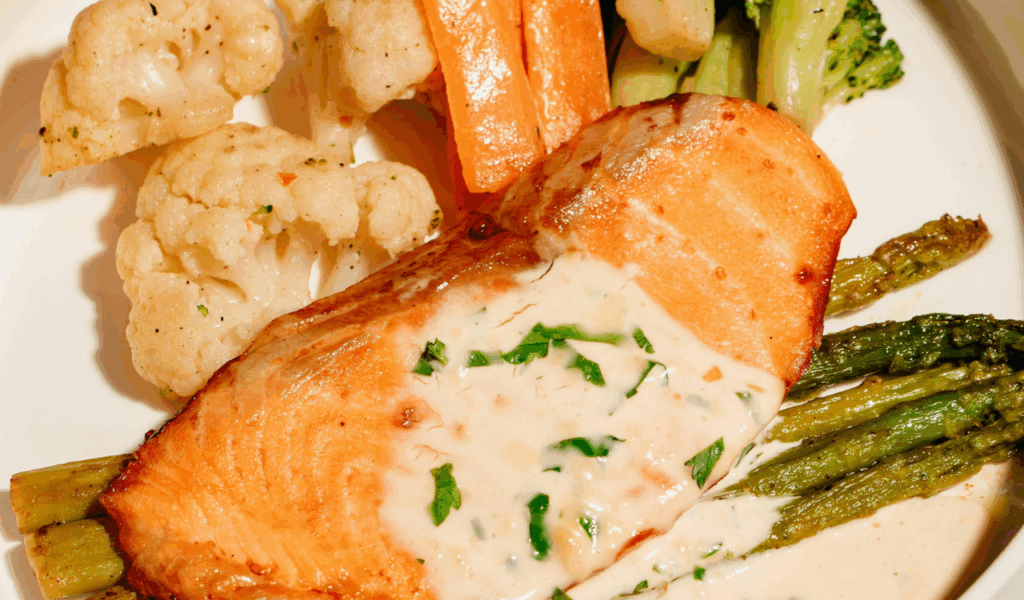
Because seafood is so sensitive, reheating it in the microwave can cause it to dry out, break down delicate proteins, and produce unpleasant odors. The quick, uneven heat can make textures rubbery and intensify a fishy smell. Furthermore, improper handling of certain seafood may result in the development of histamine or toxins; insufficient reheating may not lessen these dangers. Gentle steaming, low-temperature oven baking, or warming in a moist covered pan are better ways to reheat food.
8. Steak or Beef Cuts
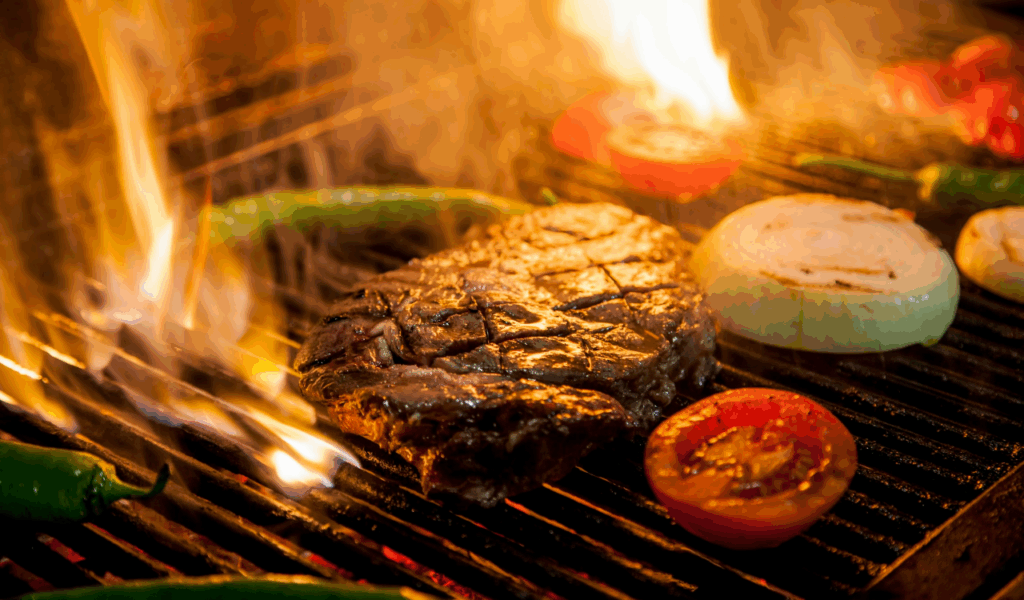
Steak or beef that has been microwave-reheated frequently becomes tough, dry, and loses flavor. The marrow or juices may be unevenly redistributed if the edges are overcooked before the center is warmed by the quick heating. Steak loses its appeal and texture as a result. To maintain juiciness and flavor integrity, use a skillet over low heat or an oven set to a moderate temperature (about 250 to 300 °F/120 to 150 °C). If necessary, add butter or moisture.
9. Baked or Roast Meats (Pork, Lamb, etc.)
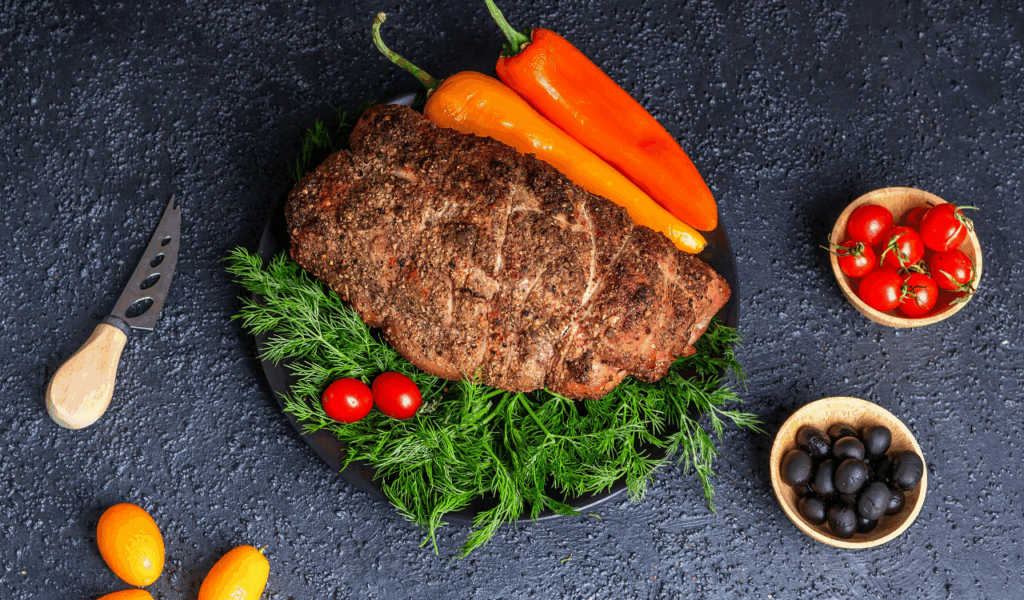
Roasted meats, like steak, don’t do well in the microwave. Some fibers may overcook and dry out due to uneven heating, and internal juices may not reabsorb properly. Glazes or marinades may burn or separate. To maintain integrity, use a covered baking dish with a little broth or moisture in a regular oven, or reheat slowly in a skillet or grill set on low heat.
10. Bread and Pastries
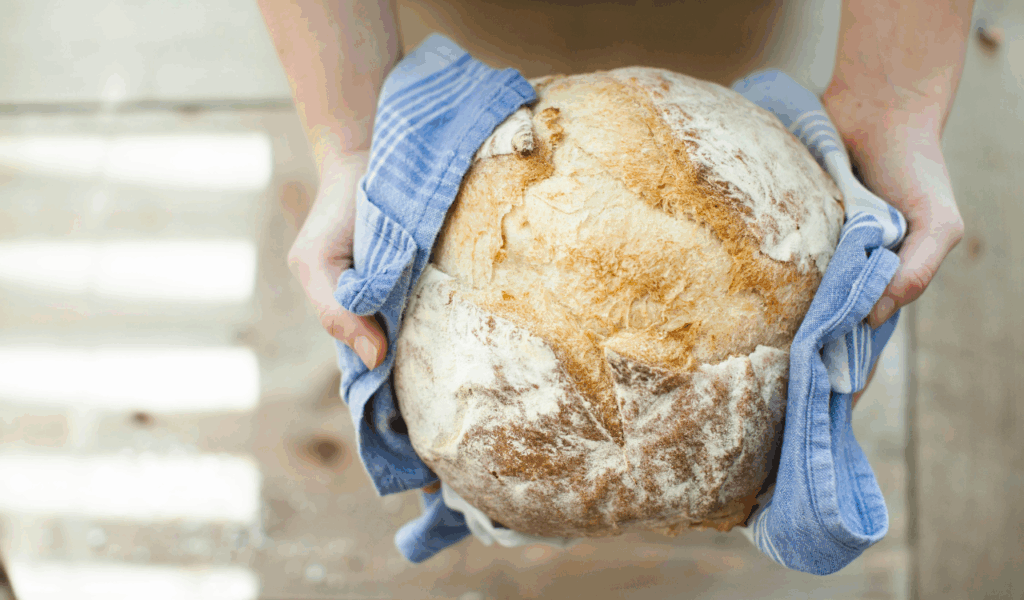
You can quickly make bread or pastry soggy, chewy, or rubbery by microwaving it. The delicate starchy structure collapses or improperly recrystallizes as a result of the moisture inside turning into steam too quickly. Crispness is lost in the flaky layers or crust. Warming bread in an oven or toaster oven for a short time at a moderate temperature is preferable to wrapping it in foil and heating it to a crisp again without drying out the inside.
11. Pizza
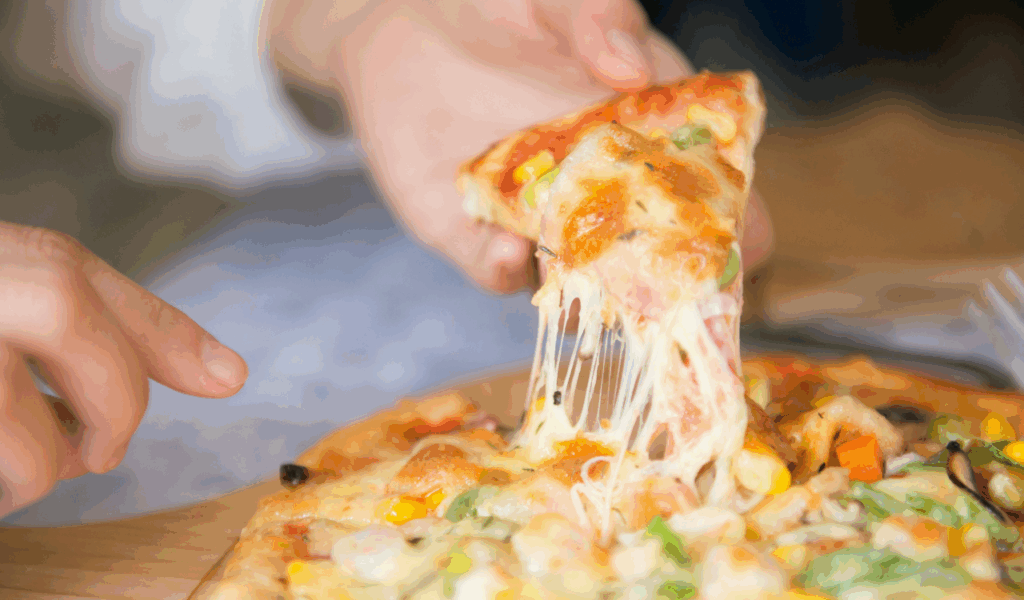
In the microwave, leftover pizza suffers: the toppings may heat unevenly, the crust becomes soggy or limp, and the cheese overcooks or becomes rubbery. The quick burst of microwave energy does not replicate the reheating process of pizza. To get a crisp crust and evenly melted cheese again, use a skillet (heat the bottom, cover to warm the toppings) or an oven set to moderate heat.
12. Sauces, Gravies, Creamy Soups
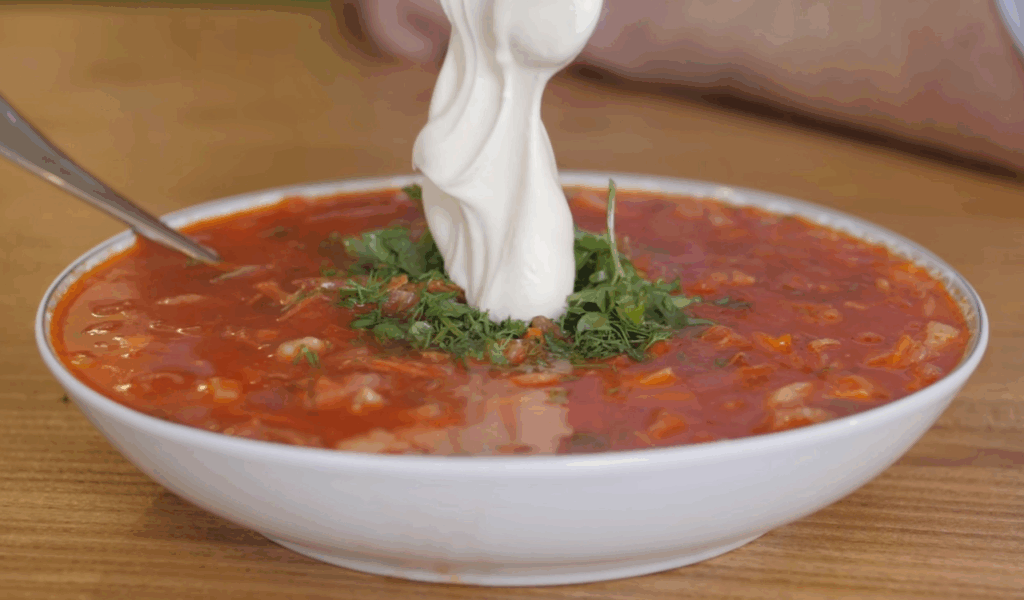
In the microwave, thick liquids and emulsified sauces (such as butter, dairy, or cream-based sauces) can violently separate, curdle, or bubble. They might create uneven hot spots or splatter. Texture can be deteriorated by the rapid, uneven heating stress. To ensure a smooth consistency, it is safer to reheat these slowly in a saucepan over low heat while stirring frequently and adding small amounts of liquid as necessary.
13. Oil-Rich Dishes & Fried Foods
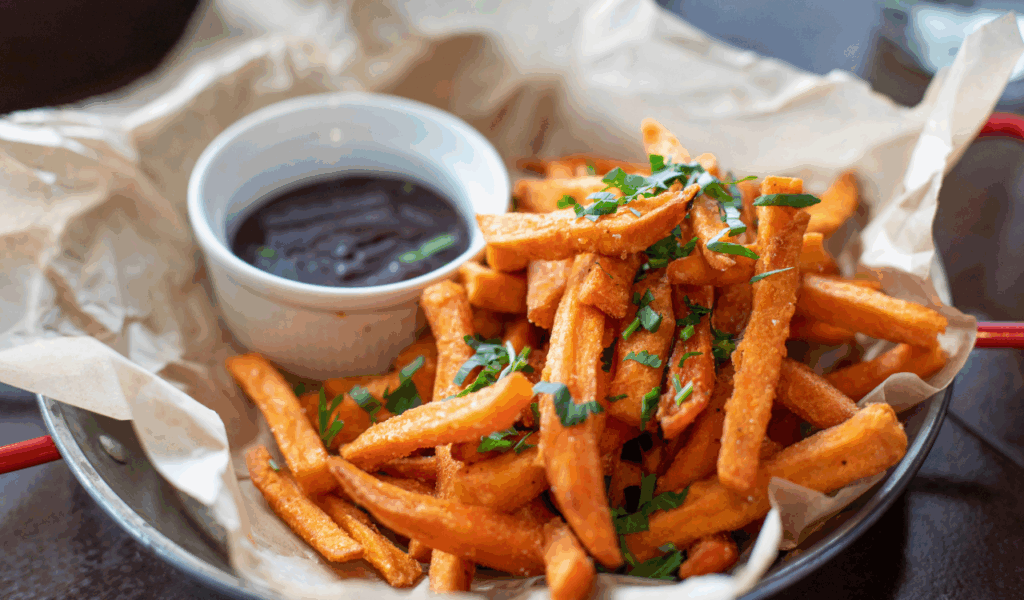
Items that are deep-fried or prepared with a lot of oil may oxidize oils when they are microwaved quickly, creating unwanted compounds. Additionally, sogginess results from the conversion of moisture to trapped steam in the microwave. Crisp coatings become mushy. To restore crispness to fried foods, reheat them in an oven or air fryer; high, dry heat is preferable to microwave bursts.
14. Fruit
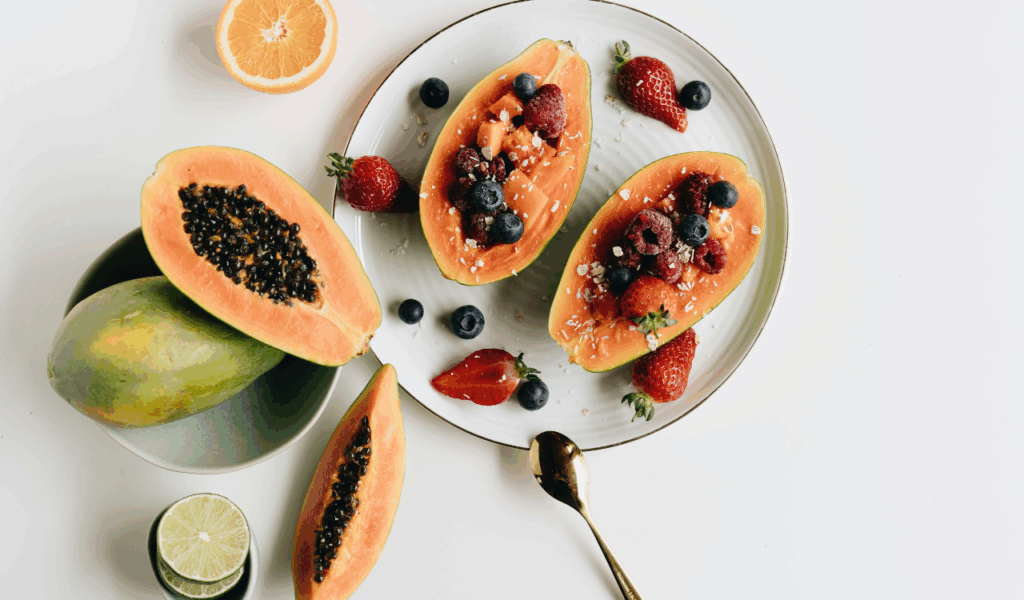
Fruit that has been microwaved frequently releases too much water, gets mushy, and loses its delicate flavors. Rapid heating can also cause some fruits to lose their nutritional value or develop off flavors. Enjoy fruit cold or room temperature instead, or if a little warmth is required, heat it slowly on the stovetop or in small increments while keeping an eye on it.
15. Breast Milk or Infant Formula
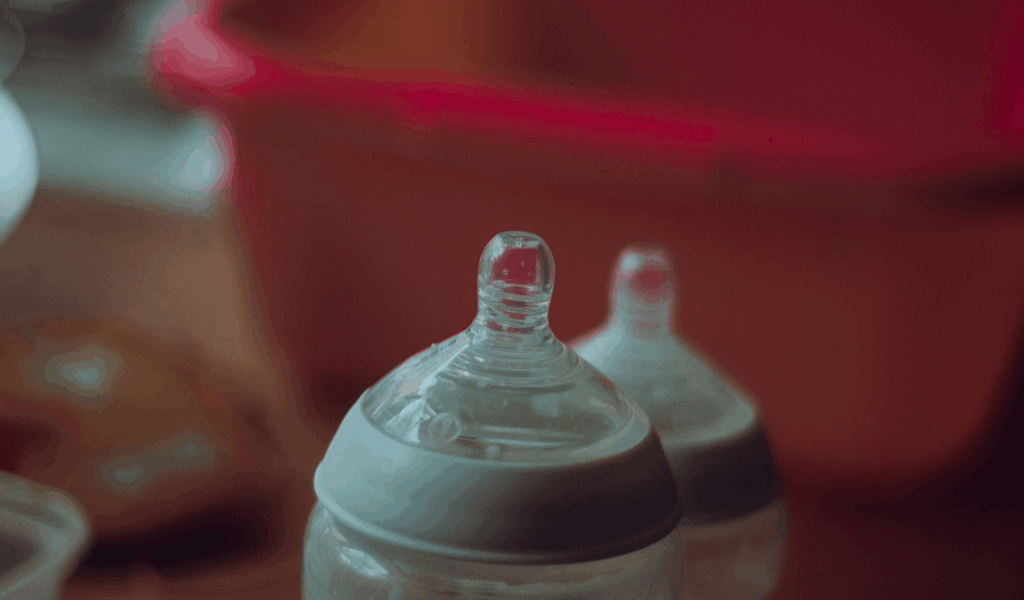
It is never advisable to reheat breast milk or formula in a microwave because doing so can produce hot spots that can burn a baby’s mouth or throat and destroy sensitive nutrients or antibodies. An actual risk is uneven heating. Using a bottle warmer or submerging the bottle in warm water is the most effective technique. Before feeding, always take a wrist temperature reading.
